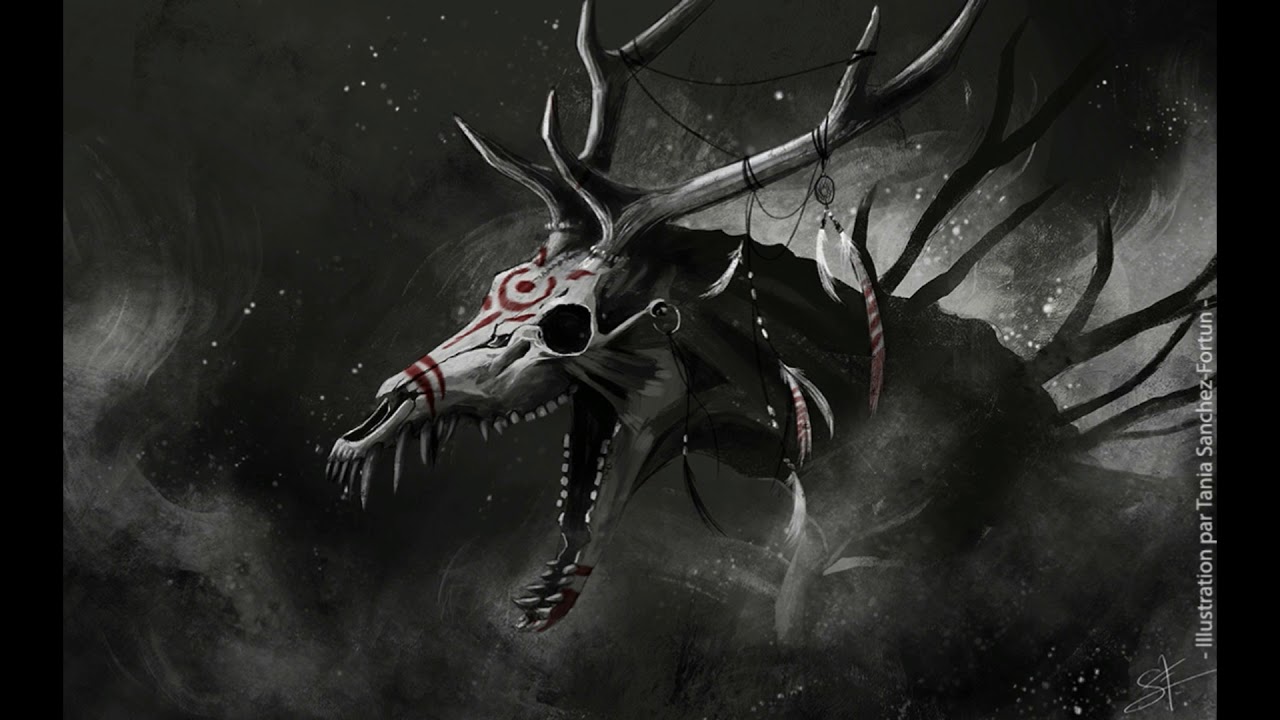
when Horror Yearbook – The Wendigo is a figure from Algonquian folklore. It is described as a malevolent spirit or creature. This creature is said to possess humans, turning them into cannibals. It has been a part of indigenous traditions for centuries. The Wendigo is often associated with the forests of the northern United States and Canada. Its stories have been passed down through generations. In many accounts, the Wendigo is seen as a symbol of insatiable greed and hunger. The creature’s appearance is often terrifying and grotesque. It is frequently depicted as tall and emaciated with glowing eyes.
The Wendigo legend began in Algonquian-speaking tribal cultures. It tells of a spirit that takes over human minds. Once possessed, the individual seeks human flesh. The craving becomes uncontrollable and endless. Hunger, in this form, is never satisfied. This myth warns of greed and unchecked desire. It also illustrates the dangers of cruelty and isolation. Some tales say the Wendigo was once a human. Greed and cannibalism caused the transformation. Therefore, it serves as a moral lesson against losing one’s humanity.
“Read about: Lawang Sewu’s Secret: The March of Ghostly Soldiers”
The Wendigo represents more than a monster in traditional folklore. Moreover, it symbolizes greed, excess, and intense selfishness. Therefore, people fear its hunger as a metaphor for power. Additionally, it highlights the dangers of obsession and extreme desire. In contrast to heroes, the Wendigo reflects total moral collapse. Furthermore, stories describe how greed transforms humans into terrifying beings. Likewise, it reveals the dark potential within everyone. Then again, some versions emphasize the importance of discipline and empathy. Instead of redemption, the creature illustrates total loss of humanity. Ultimately, the Wendigo warns against unchecked desire and loss of compassion.
The Wendigo has made its way into popular culture. It is a common figure in modern horror stories and films. Many movies and TV shows have incorporated elements of the Wendigo myth. The creature often appears as a monstrous figure, lurking in the woods. It is sometimes used to explore themes of isolation and fear. Its association with cannibalism makes it a fitting subject for horror genres. Over time, the Wendigo has evolved. It has taken on different forms in various media, from subtle to terrifying. Its symbolism remains relevant as it speaks to human nature’s darker side.
“REad more: From Street Food to Fine Dining: The Culinary Travel Guide”
In contemporary society, this ancient myth still resonates. It reminds us about the dangers of unchecked greed. Some psychologists use this figure as a metaphor for obsession. Fear surrounding this creature reflects anxiety over survival and morality. People interpret endless hunger as a warning against overconsumption. Environmentalists connect this legend to resource exploitation by humans. As society advances into natural spaces, the myth suggests caution. This symbol urges balance between growth and environmental respect. Many see this tale as a reflection of internal and societal conflict. Its message remains powerful in a world driven by excess.